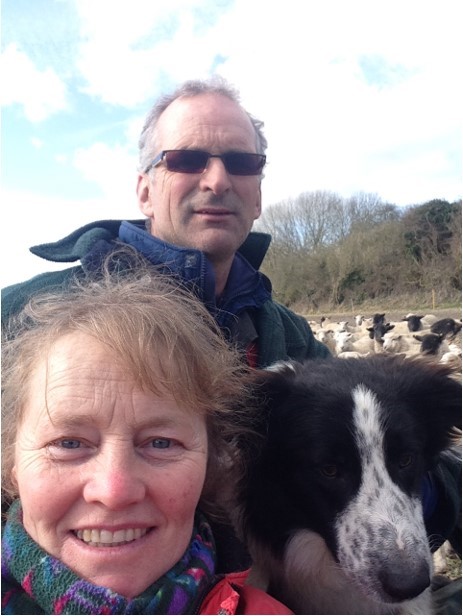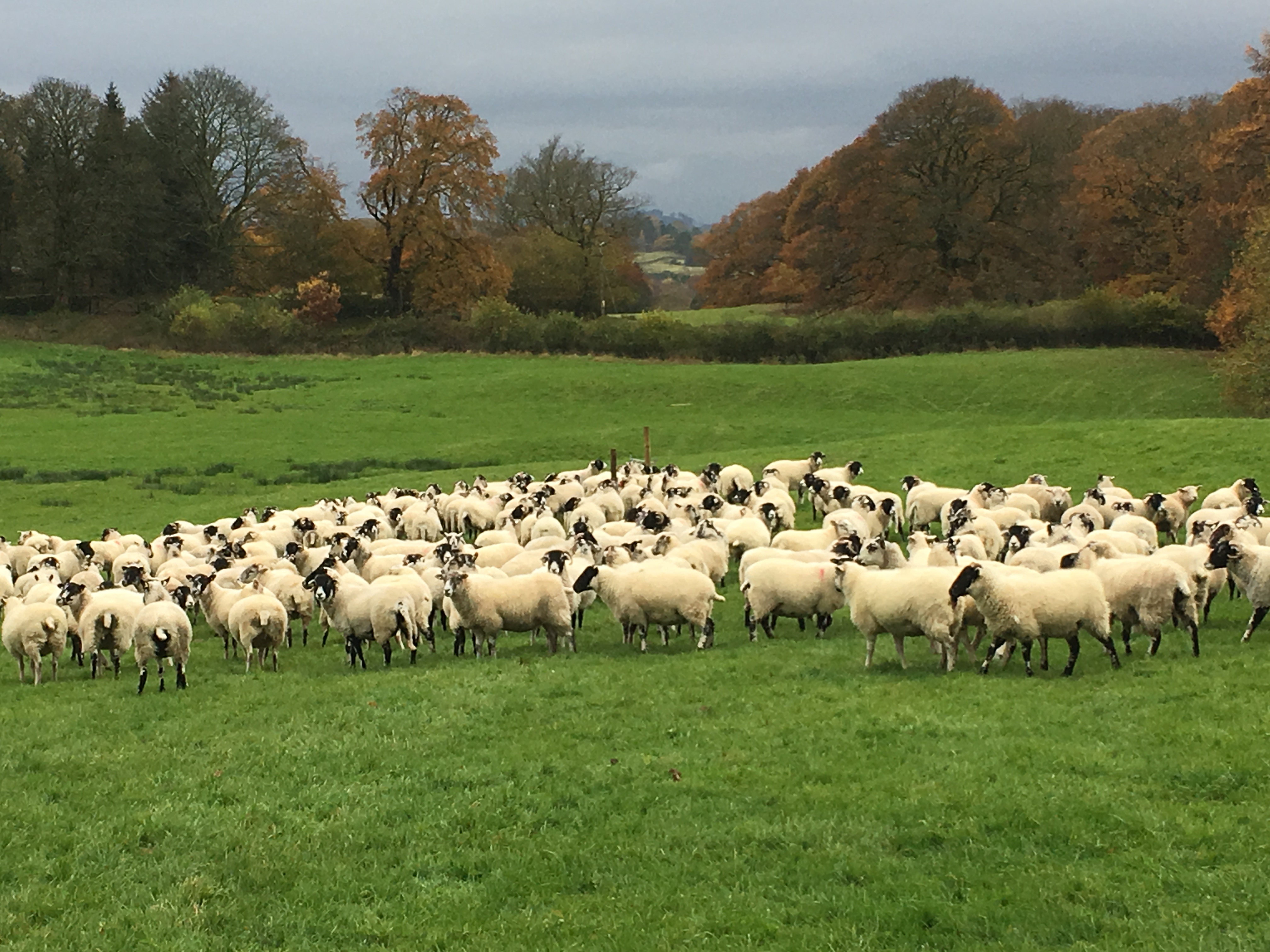- Home
- Worming advice from Challenge Sheep farmer Rob Hawke
Worming advice from Challenge Sheep farmer Rob Hawke
First generation farmers Rob and Anna Hawke joined the AHDB Beef & Lamb-funded project, Challenge Sheep, when it began in 2017. One of their main reasons for joining the project was to have the opportunity to access and exchange information that would bring benefits not only for their farm but also for other farmers.
As well as collecting data via electronic identification, including weights, body condition score (BCS) and lambing data, Challenge Sheep farmers have been closely monitoring their worm burden and testing the effectiveness of treatment.
Rob and Anna Hawke adopted the use of faecal egg counts (FEC) early on, which involved them routinely sending samples of their lamb’s faeces to their vets for testing. Prior to this the lambs would have been wormed roughly every six weeks. Since joining the Challenge Sheep project, Rob and Anna have been introduced to using a FECPAK, which is an internet-connected, image-based diagnostic platform which enables them to conduct FECs themselves, on-farm.
Since carrying out FEC testing and increasing sampling frequency, Rob and Anna have seen huge benefits, including reducing number of doses on average from five to just three per lamb/per year. Through increasing their understanding, they have been able to target specific groups of parasites and carry out post-drench checks to establish efficacy of wormers.

Rob said: “Having used FEC for some time, I would definitely recommend a post-drench FEC as a policy, as I think everyone needs to know their status. More producers should use faecal egg counting to encourage them to be more proactive with their parasite control, and to prolong efficacy of wormer groups. Not only that, but there are high cost savings to be made by only worming when it is necessary.”
By incorporating FEC into their routine, Rob and Anna have developed and adopted a more efficient and cost-effective worming programme, through understanding when and where on their land the threat is at its highest. Rob says: “We have discovered that our worm burden peaks in late autumn, so generally our lambs don’t need worming until weaning. Now we are doing our own FEC we are gradually building a picture of each block of land, which enables us to restrict resistance issues in each block individually.
“Using FECs has made it easier to rule out parasite burden from low daily live weight gains, and, due to the ease of submitting samples with FECPAK, more samples have been collected to create a clearer picture of worm burdens and drug efficacies. It is a tool we would not be without, but it must be used alongside all other good practice, such as weighing your lambs to determine dose weight and checking the calibration of drench guns.”
The priority for worm control is to minimise the effect internal parasites have on lamb performance. However, it is important to also consider the long-term sustainability of any control programme by avoiding the reliance on wormers as the sole means of control. A good plan includes a long-term worming strategy which is reviewed regularly and can be adapted to cope with changing patterns from year to year. Monitoring worm burdens using FECs and planning ensures that treatments remain effective and helps to avoid a build-up of resistance.
Information about the different species of worms, when they are a threat and why, can be found on the Sustainable Control of Parasites in Sheep (SCOPS) website www.scops.org.uk or on the National Animal Disease Information Service (NADIS) website www.nadis.org.uk.
For more information and resources such as a parasite product guide and worm control manual, visit https://ahdb.org.uk/knowledge-library.
Benefits of faecal egg counting
A faecal egg count (FEC) can be used to determine if a wormer is required, test efficacy post treatment and provide guidance on the amount of contamination going onto pasture. It provides an indication of the number of adult worms in the gut of the sheep by counting the number of eggs the adult worms are shedding, which appear in the animal’s faeces. Results are presented as ‘eggs per gram’ (epg). Faecal samples can be collected and sent to a trained vet practice or commercial service, or a FEC can be carried out at home using specialist equipment.
It is important that FECs are only used as a monitoring tool and not used to diagnose disease. Looking at one FEC, once or twice a year, does not provide a comprehensive picture of what is happening on your farm. Therefore, it is best practice to repeat the FEC on a regular basis (every 10-14 days in peak worm season) so you have the best information about the parasite burden on your farm.
Top tips for FEC sampling:
- Fresh samples (less than one hour old)
- Random samples (do not pick out extreme sheep, these will not be representative of the whole flock)
- Use at least 10 samples from each management group
Interpreting your FEC results depends on a number of factors. You should discuss with your vet or adviser but as a rule of thumb, these are a generic guide for lambs*:
- Low <250 epg
- Medium 250-750 epg
- High >750 epg
*These do not apply to Nematodirus, cocci, fluke or Haemonchus.


